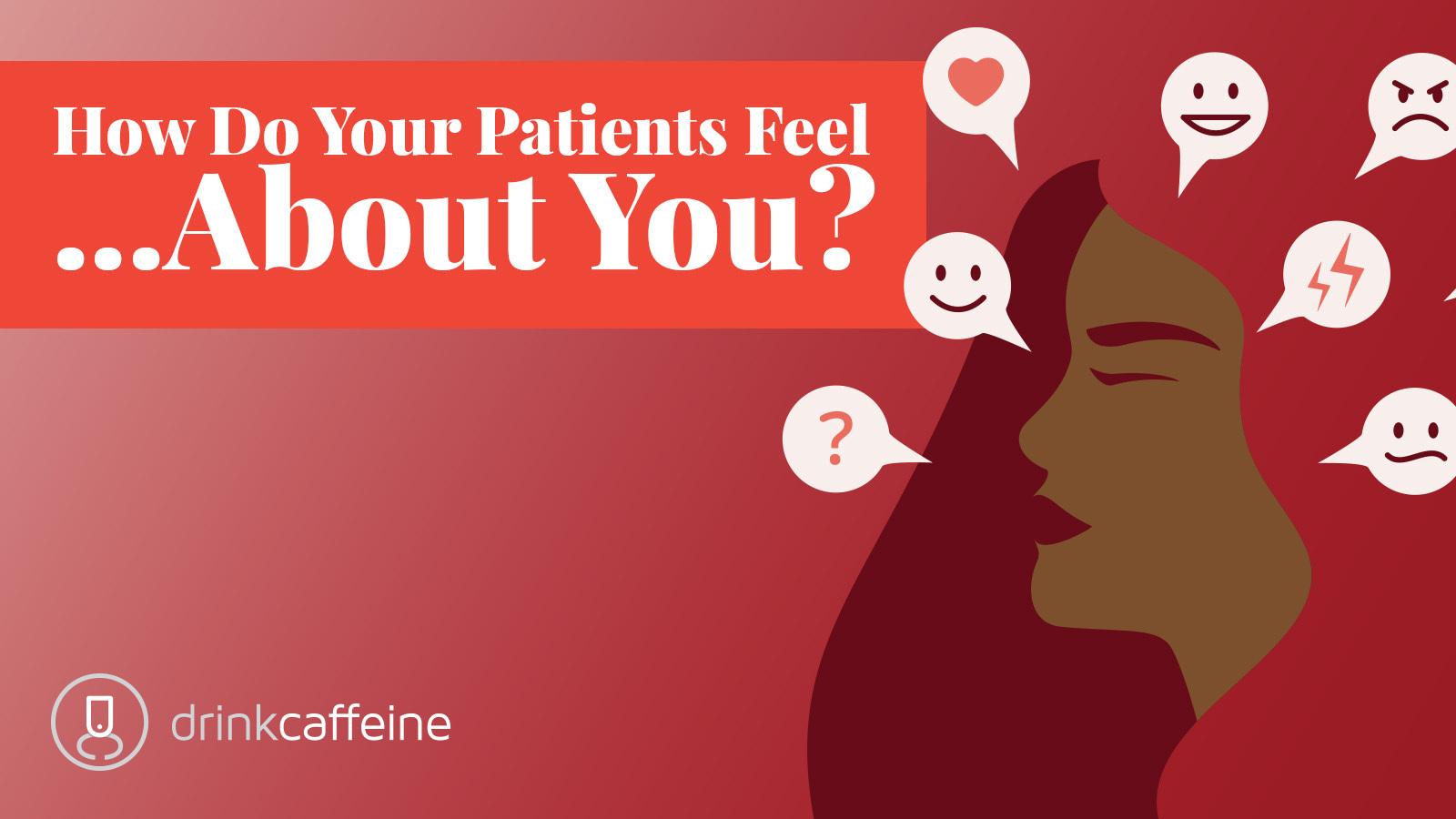A recent study called “Humanizing Brand Experience” reveals how consumers’ emotional expectations of healthcare organizations stack up in a post-pandemic market.
It caught our attention because the sampling of the study is significant: More than 28,000 insured healthcare decision makers “who have received medical care in the past two years.” The study boasts a 95% confidence level.
For healthcare marketers and decision-makers who want to know how to connect with new and prospective patients, here’s our analysis and commentary on what’s driving consumer connections with healthcare brands.
Top 5 Emotional Healthcare Drivers
1. Security
What it means: Security is a multi-faceted feeling. The study we referenced above measured security as a “be there for me when I need care” value. But in our experience with healthcare clients in a range of disciplines- medical, behavioral, specialty, hospice/palliative, and others – security is about protecting patient data, respecting individual identity on social media platforms and elsewhere, and maintaining clean, well-lit, easily accessible facilities.
What you should consider: Communicate to patients the facts about the longevity and strength of the organization, so they’re assured of your viability. But go deeper. Publish your standards and practices for protecting patient identity. Post a Code of Conduct statement asking all patients to observe on-site behaviors for low-noise, distancing, respect, and personal safety. Make sure way-finding signage is clear.
When a healthcare organization shows awareness of patient concerns, it fosters a feeling of security.
2. Freedom
What it means: It starts with the freedom to choose among healthcare options. But it also includes other freedoms: Being encouraged to speak freely to providers, flexibility to choose and use telemedicine for consultations, freedom to change appointments, and the ability to seek second opinions.
What you should consider: Encourage patients to speak their mind – in the exam room, and afterwards via email or online admin platforms like MyChart. Note that we do not include social media as a recommended way for patients to speak freely about their health, which is a personal/private issue. Enhance your site with a scheduling function that allows appointments to be moved. Author content (brochures, web pages) about how and why and when to seek a 2nd opinion.
Freedom is about choices and the ability to act on them.
3. Confidence
What it means: Confidence means instilling in the patient the idea that long-term health is possible. Confidence also means the emotional and intellectual belief in one’s own ability to cope, no matter what.
What you should consider: Reinforce that health is a lifelong journey that you take with your providers. Affirm that knowledge equates to good decisions that maintain and increase health.
Tell patients that you are in it together, with shared responsibilities and shared success being the goals.
4. Individualization
What it means: On the surface, this is about making the patient think, “I’m the most important priority.” But let’s look deeper. Patients want information and advice related to their specific health issues. They want their principle language, cultural orientation, and financial realities to be respected. They seek subtle touches that let them know they are understood and valued.
What you should consider: Personalizing emails is a good start, but it’s not enough. Recognition is also essential and – don’t laugh – sending a birthday card from the patient’s care team can make a difference. Individualized care leads to better medical outcomes
5. Well-being
What it means: Having a stress-free health experience is the start. But patient well-being is an emotional-physical construct that no healthcare provider can engineer and implement. The patient must become the architect of their own well-being.
What you should consider: Communicate with patients about the nexus between physical and behavioral health. Share Top 10 lists for everyday wellness practices. Promote meditation and mindfulness in the waiting area, where stress levels run high.
When you’re ready to start using data and creativity to solve healthcare marketing problems, contact us.


